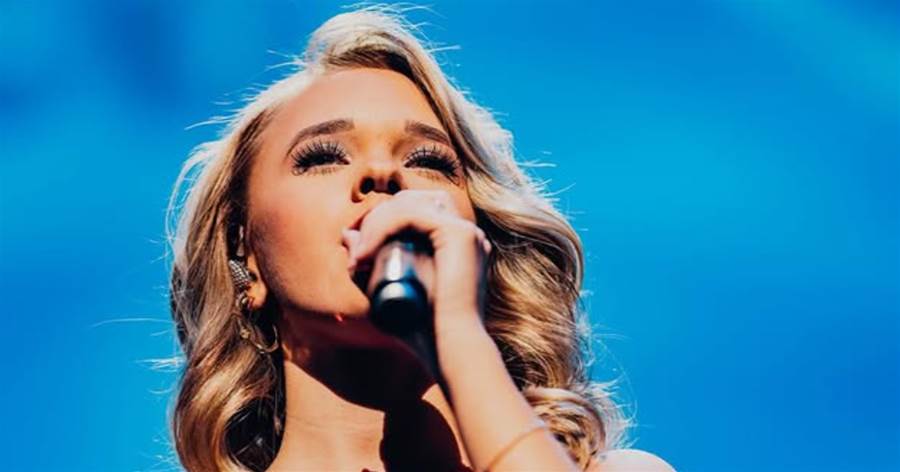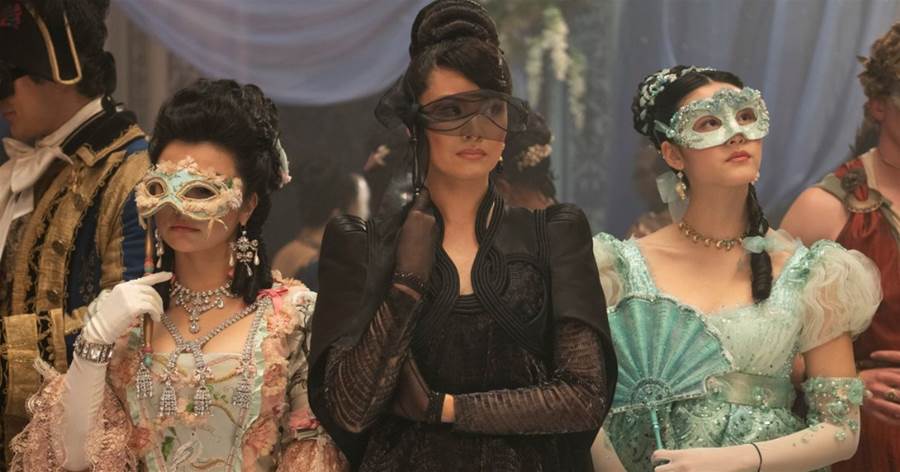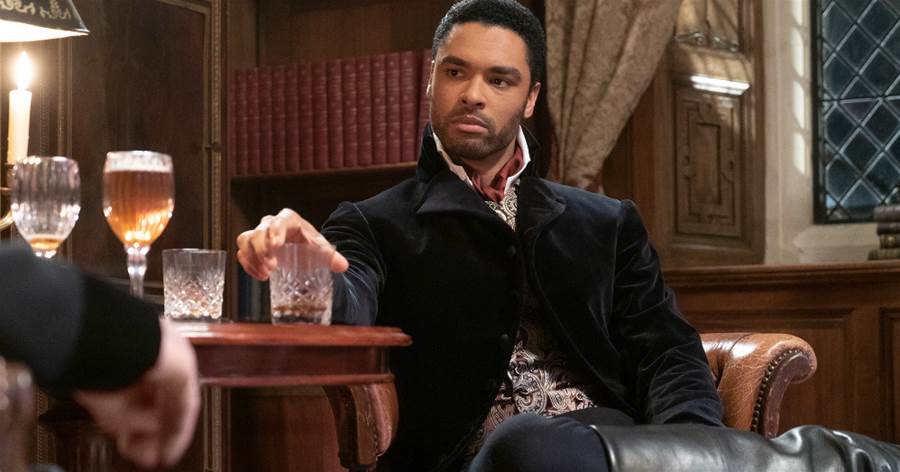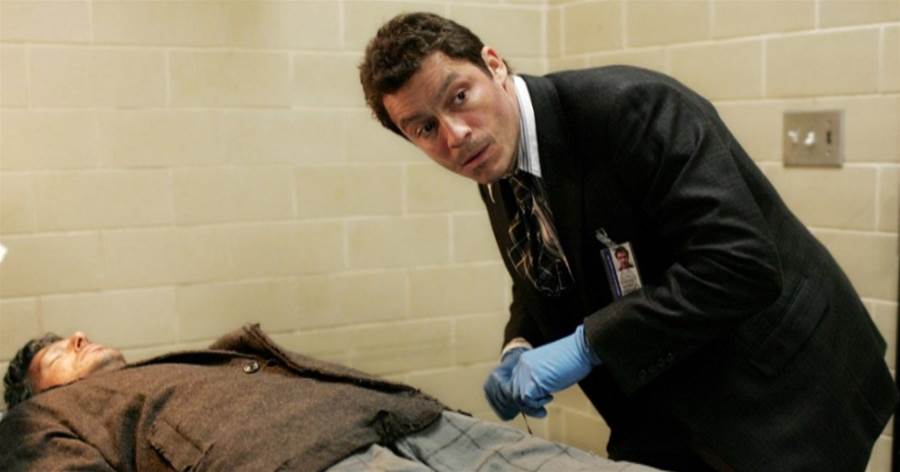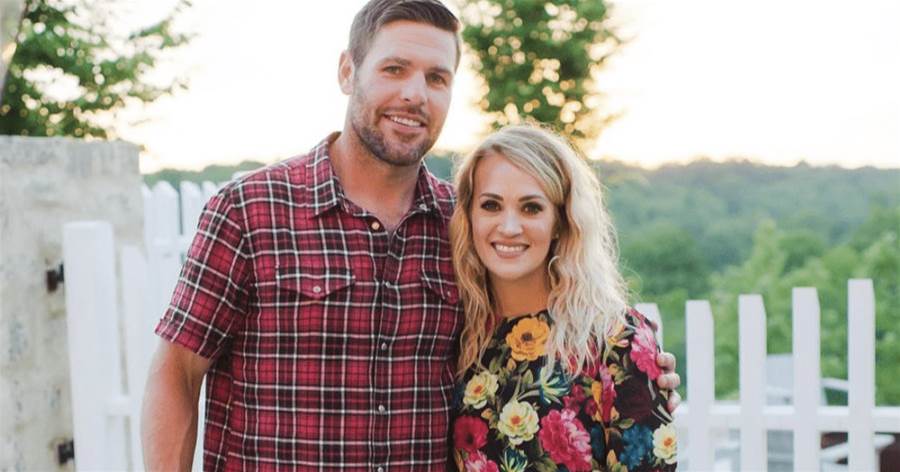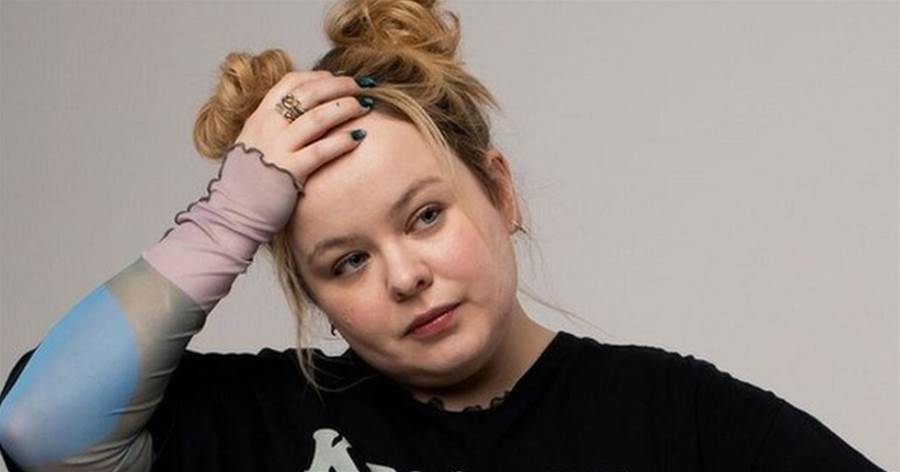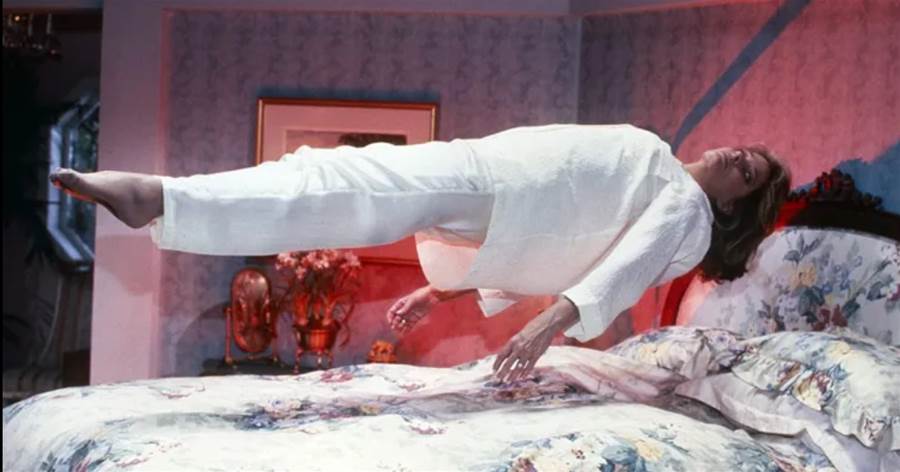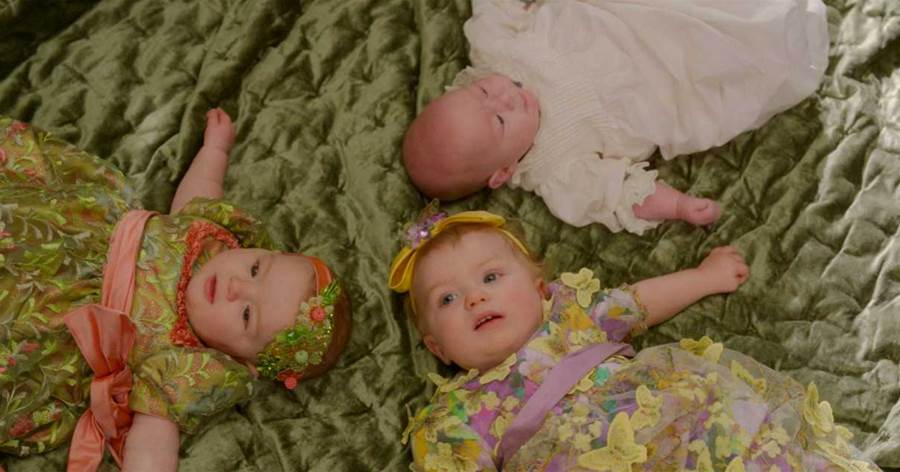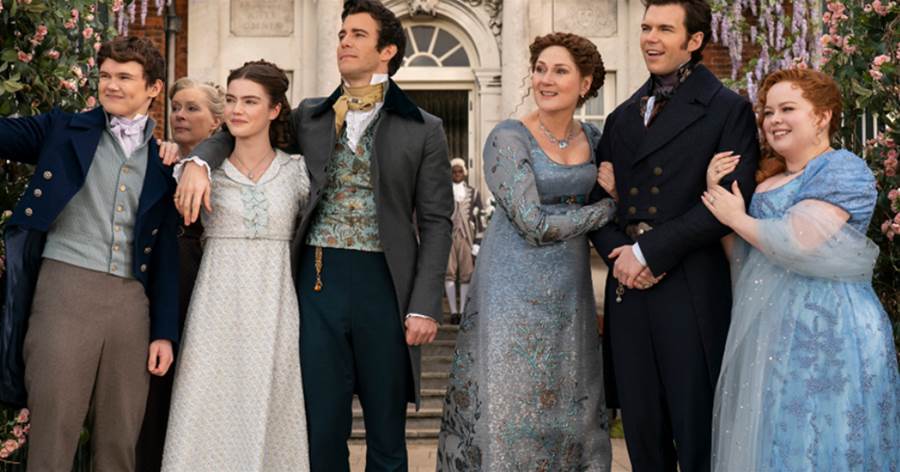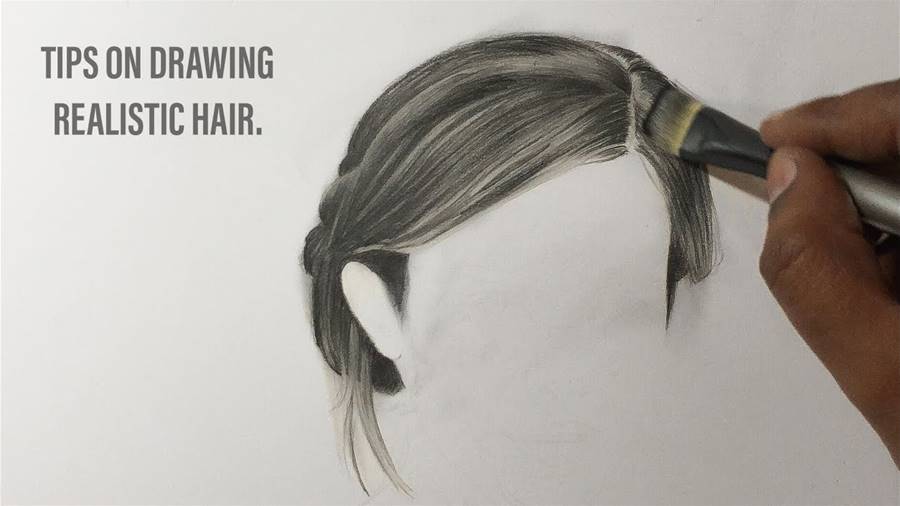
Drawing realistic hair with graphite pencils can be a challenging task for many artists. However, with some helpful tips, this difficult task can become easier and more enjoyable. In this article, we will discuss key techniques for achieving realistic hair drawings using graphite pencils.
1. Observe hair closely: Before starting to draw, carefully examine the hair that you are about to sketch. Pay attention to its texture, length, volume, and direction of strands. By observing these details carefully, you will have a clearer understanding of how the hair should appear in your drawing.
The article is not finished. Click on the next page to continue.
The article is not finished. Click on the next page to continue.
Next page
